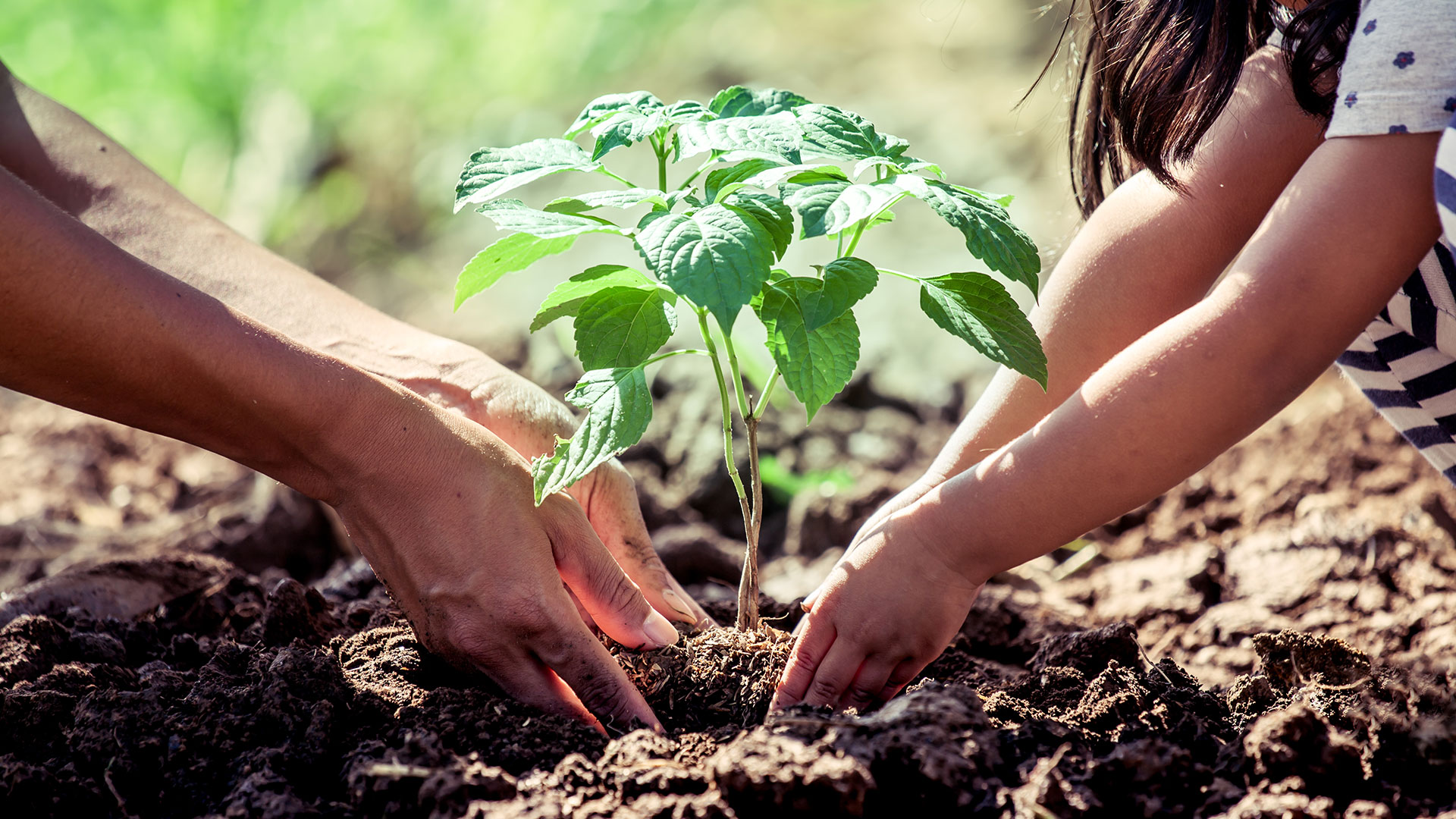Bannau Brycheiniog’s Social Foundation 2022
The social foundation shows the key components that make up the elements of our statutory purpose and duty
For each element we have defined where the boundary of socio-economic well-being lies. These are shown as ‘goals’ on the diagram below. We have also identified key indicators that give us a snapshot of where we are and set these in the boxes against our goals. We then use these indicators to approximate how far we are from meeting these goals, these are the red wedges that fall into the hole at the centre of the doughnut, beneath the basic foundation of well-being.
Our Communities
The impacts of many of these issues have been exacerbated by the COVID-19 pandemic.
Demographic change is another key issue impacting our communities. Over the past few decades, we have seen a loss of young people from the area. Why this happens is a complex story – partly it is about the pull of the bright lights of the big city, but it is also about a lack of quality employment opportunities in the National Park and the high price of housing. The loss of young people means that our resident population is getting older, and this is exacerbated by the popularity of the area for incoming retirees. People who are no longer tethered by the daily commute wish to spend their retirement in the countryside. The result is higher house prices, loss of services and facilities such as schools from within communities. This places significant pressure on our villages to absorb more growth and provide affordable housing for younger people whilst existing housing stock stands empty as holiday and second homes – leading to the creation of ‘dormitory villages’.
Affordable Housing Need 2007-2022
State of Living & Working in the National Park
Economic prosperity as expressed through key labour market indicators can be seen to shift from more to less prosperous as you travel from the north to south of the Authority area. The rural agricultural areas of the National Park demonstrate on average greater levels of income than the more urban settlements of the (now abandoned) coalfields of the South Wales Valleys on our southern periphery. This spatial distinction is also borne out in levels of employment, education and multiple measures of deprivation, which all show a worsening trend from North to South.
Global economies have been decimated by the impacts of coronavirus and the following cost of living crisis and shifts in behaviour this has engendered. The National Park economy is such that we are not impervious to the shocks being felt acutely within sectors such as retail and tourism. In combination with the economic uncertainty embedded within the coronavirus crisis, continued additional impacts are being predicted around Brexit, and future agricultural subsidy regime: The Sustainable Farming Scheme. This is predicted to impact the agricultural sector most acutely but will impact all sectors reliant on the import or export of goods and services with Europe, including tourism.









